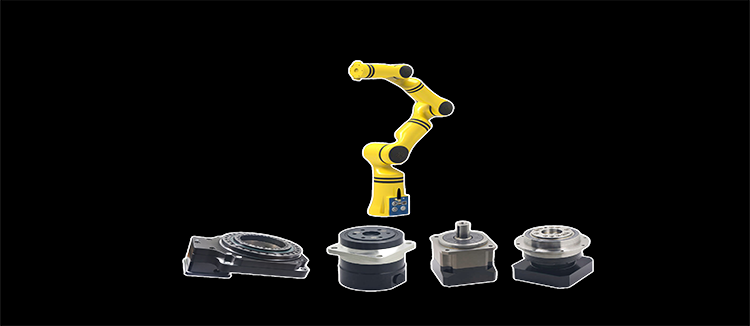Understanding the Hollow Rotating Platform: Applications, Benefits, and Maintenance
The Hollow Rotating Platform, often a critical component in various industrial and mechanical applications, is designed to provide smooth rotation and precise positioning. This article delves into the intricacies of the Hollow Rotating Platform, exploring its applications, benefits, and maintenance tips to ensure optimal performance and longevity.

The Hollow Rotating Platform, as the name suggests, is a type of rotating platform that features a hollow center. This design allows for the passage of cables, pipes, or other necessary components through the center of the platform, which can be particularly useful in applications where space is limited or where additional components need to be integrated into the system. The hollow design also reduces the overall weight of the platform, making it more suitable for applications that require lighter components.
One of the primary applications of the Hollow Rotating Platform is in the field of robotics, where it can be used as a base for rotating joints or as a component in a robotic arm. Its ability to rotate with precision and maintain stability makes it an ideal choice for tasks that require accurate positioning and movement. Additionally, the Hollow Rotating Platform is commonly found in automation systems, where it can be used to rotate parts or products for assembly, inspection, or packaging processes.
The benefits of using a Hollow Rotating Platform are manifold. Firstly, its hollow design allows for the integration of additional components without taking up extra space, which can be a significant advantage in confined environments. Secondly, the platform's robust construction ensures that it can withstand heavy loads and maintain its integrity over time, making it a reliable choice for heavy-duty applications. Thirdly, the Hollow Rotating Platform's precision engineering allows for accurate and repeatable movements, which is crucial in industries where precision is key, such as in manufacturing or scientific research.
Maintenance of the Hollow Rotating Platform is essential to ensure its continued performance and to prevent any potential failures. Regular checks should be conducted to ensure that all moving parts are clean and free from debris, which can interfere with the platform's rotation. Lubrication should be applied as per the manufacturer's recommendations to reduce friction and wear. Additionally, it is important to inspect the platform for any signs of damage or wear, such as cracks or excessive play in the bearings, and to replace any damaged components promptly.
When selecting a Hollow Rotating Platform, it is important to consider the specific requirements of the application. Factors such as the load capacity, speed, and precision of rotation should be taken into account. It is also crucial to choose a platform that is compatible with the existing system and can integrate seamlessly with other components. Consulting with experts or the platform manufacturer can provide valuable insights and ensure that the chosen Hollow Rotating Platform meets all the necessary specifications.
In conclusion, the Hollow Rotating Platform is a versatile and essential component in many industrial and mechanical systems. Its hollow design, combined with its precision engineering, makes it a popular choice for applications where space is at a premium and accuracy is crucial. By understanding the applications, benefits, and maintenance requirements of the Hollow Rotating Platform, users can ensure that they are making the most of this valuable component and maximizing its potential in their systems.










